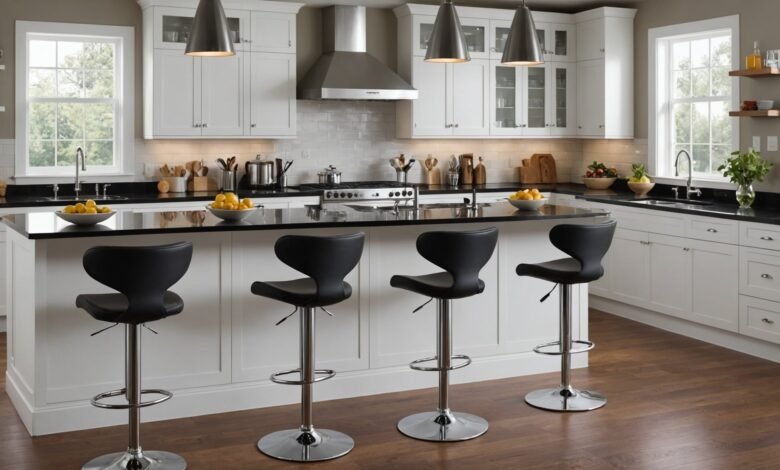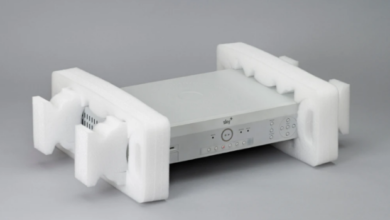EVOLUTION OF RESTAURANT BARSTOOL

The famous barstool piece of furniture is an essential component of every bar or restaurant. Over the years, its utility and appearance have changed to suit shifting dining customs, technological advances, and prevailing aesthetics. The history of the barstool is an intriguing investigation of comfort, elegance, and functionality, from its modest origins to its current position as a design focal point in contemporary eating areas.
ORIGIN OF BARSTOOL
Barstools have their roots in ancient cultures when some functions required elevated seating. Scribes and craftspeople in ancient Egypt and Mesopotamia used high wooden and stone stools to improve their posture while working. Despite their simple appearance, these stools served a purpose and embodied the fundamental ideas of durability and height.
In Europe, the modern bar stool concept started to take shape in the 17th and 18th centuries. Public pubs and taverns became essential to local life during this period. To handle the increasing number of customers, bar counters needed to include small, raised seats. In keeping with the practical mindset of the day, early restaurant barstools were straightforward, backless, and made of durable materials like wood.
See also: Exploring Key Ways to Automate Your Business
THE BIRTH OF MASS-PRODUCED BARSTOOL
A major shift in furniture design, including barstools, occurred during the 19th-century Industrial Revolution. Improvements in manufacturing techniques made mass production possible, reducing the cost and increasing the accessibility of furniture. With the invention of cast iron and steel, barstools started to include metal parts, enabling more elaborate designs and improved durability.
While the backless form remained popular, additional features like swivel mechanisms and footrests started to appear. Barstools were commonplace at saloons and soda fountains across the United States, where these improvements were especially well-liked. Because of its usefulness in enabling customers to spin and converse without getting up from their chairs, swivel stools have become more popular.
BARSTOOL AS A DESIGNED ICON
The emergence of modernist aesthetics and the impact of famous designers caused a significant change in barstool design in the middle of the 20th century. Sleek, minimalist designs that emphasised form and utility were popular during this time. The futuristic outlook of the time was reflected in the use of materials like leather, stainless steel, and moulded plywood.
Designers like Charles, Ray Eames and Eero Saarinen redefined barstools as practical and aesthetically pleasing objects. With its sculptural beauty and ergonomic curves, the Eames barstool came to represent mid-century modernism. These designs made barstools a focal point in upscale dining establishments and cocktail bars by emphasising comfort without sacrificing flair.
Upholstered barstools with colourful vinyl coverings became common in American restaurants and informal dining establishments in the post-war era. These stools, with their chrome highlights, longevity, and ease of cleaning, embodied the optimism and vitality of the 1950s.
DIVERSIFICATION AND CUSTOMIZATION
Bar stool designs evolved along with the restaurant sector over the 20th century. The need for distinctive seating solutions for various dining ideas resulted in a wide variety of forms, materials, and combinations. While informal venues tended towards more functional and affordable solutions, high-end restaurants and lounges preferred elegant designs with opulent materials like velvet and brass.
Barstools with adjustable heights became increasingly popular to meet customers’ various demands. These chairs frequently included gas lift devices that let customers adjust the height to suit their comfort level. Barstools with backs and armrests also became popular in the late 20th century, emphasising ergonomics and prolonged seated comfort.
Additionally, this age welcomed cultural influences. To portray the raw and harsh look of the time, industrial-style bars adopted chairs with exposed metal frames and reclaimed wood seats, while tiki bars used bamboo and rattan barstools.







